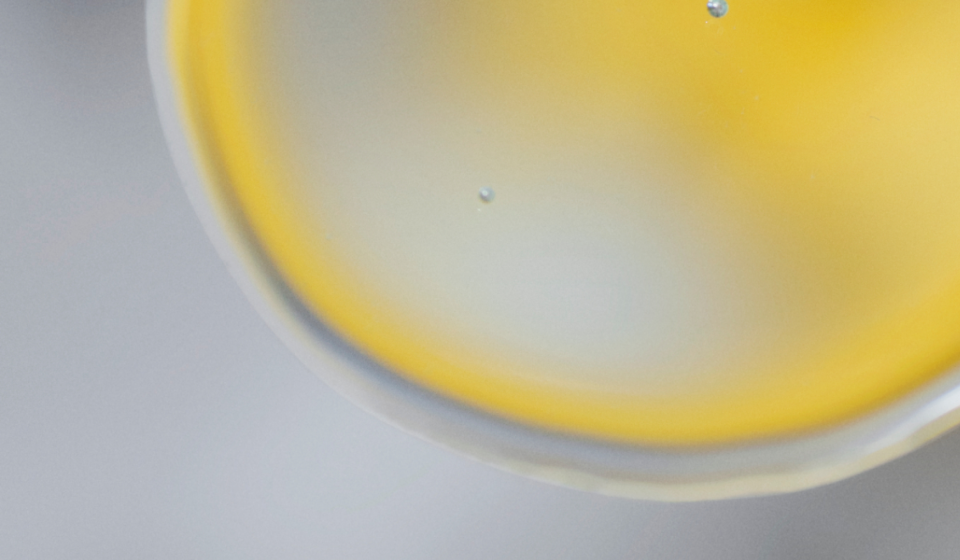PSA: There’s way more to the gut than probiotics. Here’s what to know about prebiotics and postbiotics.
Fun fact: The human gastrointestinal tract houses trillions and trillions of microbial cells—not millions, not billions, trillions. With that in mind, it probably comes as no surprise that it’s also home to several different kinds of microorganisms, from bacteria and viruses to fungi, archaea, and protozoa. In other words, there’s a lot going on—and a delicate equilibrium to maintain. Not-so-fun fact? Keeping that balance isn’t quite as simple as drinking kombucha or noshing on kimchi and sauerkraut. (A common misconception, FWIW.) (1,2,3,4,5,6)
Gut health is complex—and when it comes to supporting the gut, scientists are still elucidating the exact mechanics behind “how the sausage is made.” The formula isn’t as cut-and-dried as you might assume. Take fermented foods, for instance. While some, like yogurt, have been associated with health benefits in studies, scientists point out it’s not always possible to pinpoint whether those benefits are a direct result of the live cultures in the yogurt, some other ingredient in the yogurt, or the yogurt in its entirety. See where we’re going with this? (5)
All that said, for certain inquiries, clarity does exist: How might people feel more comfortable with their digestive health, for instance? Are there actions anyone, no matter their diet or lifestyle, can take to increase their confidence in this arena? Which supplements can best support their journey? Pose these questions to any number of dietitians, doctors, biologists, and scientists, and you’ll likely encounter a recurring answer: probiotics. Get up to speed on some of the most common Qs below.*











